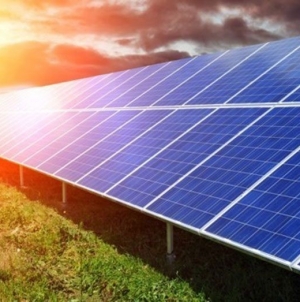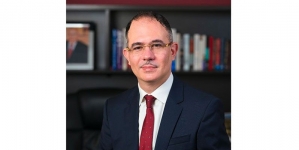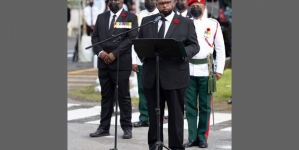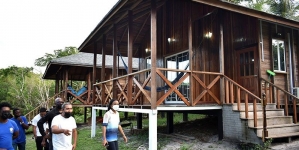No EIA required for waste treatment plant at Friendship – EPA
The Environmental Protection Agency (EPA) has disclosed via a public notice that no Environmental Impact Assessment (EIA) is required for the construction and operation of a waste treatment (Bioremediation) facility for mud sludge generated from activities in the oil and gas sector.
That proposed project is expected to be constructed by Environmental Waste Management Services Guyana Inc. at Lots 21 and 22 Block XXV111 Zone, Plantation Friendship, East Bank Demerara (EBD).
An EIA is usually conducted by the EPA to evaluate the likely environmental impacts of a proposed project or development, taking into account inter-related socio-economic, cultural and human-health impacts, both beneficial and adverse.
However, the EPA in its notice stated, “In accordance with Section 11(2) of the Environmental Protection Act, Cap 20:05, Laws of Guyana, the application for the project listed above has been screened by the Agency to assess the potential environmental impacts, and it has been determined that the project will not significantly affect the environment nor human health, and is therefore exempted from the requirement for an Environmental Impact Assessment (EIA).”
Be that as it may, it is still allowing the general public a 30-day period to lodge any objections or concerns about the project.
Appeals and objections can be submitted to the Environmental Assessment Board at the EPA’s Sophia, Georgetown office.
According to the summary, the project involves receiving and transporting solid, liquid, and a combination thereof of drilling wastes to bioremediation treatment reservoirs at its proposed waste treatment facility. Bioremediation is a treatment process that uses naturally occurring micro-organisms (yeast, fungi, or bacteria) to break down, or degrade, hazardous substances into less toxic or non-toxic substances.
According to the document, the company is notified of wastes arriving at the generator’s facility (Shore base) at least 24 hours in advance. Waste received would include residues from cleaning of mud pits, shakers, and sand traps on the rig and transferring into liquid bulk tanks, tote tanks and cuttings boxes and transiting these to the shore base bioremediation waste treatment facility.
Residues will include also but not limited to wash water, flush water, residues of Synthetic Oil-based Muds (SOBM), Water-based Muds (WBM), Base oil, Brine, Dry bulk (cement, barite, and silica gel).
Further, the operation will also involve the development of two treatment ponds lined with High Density Polyethylene Geomembrane liners and contained by 91.4cm berms. In addition, four existing structures will be repaired and developed into administrative units, laboratories, storage areas and homes for caretakers. A screen will be constructed to separate the office area from the treatment ponds.






















